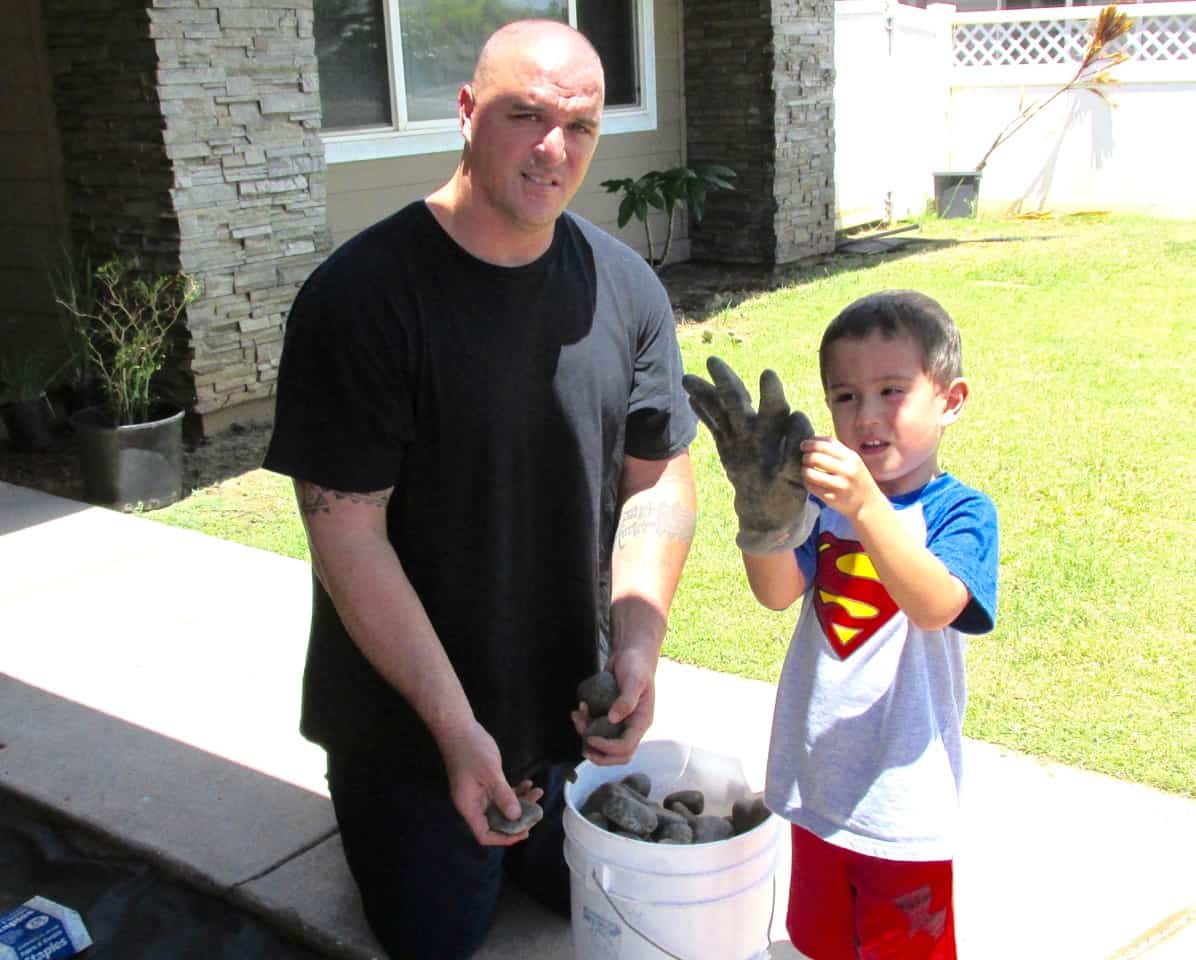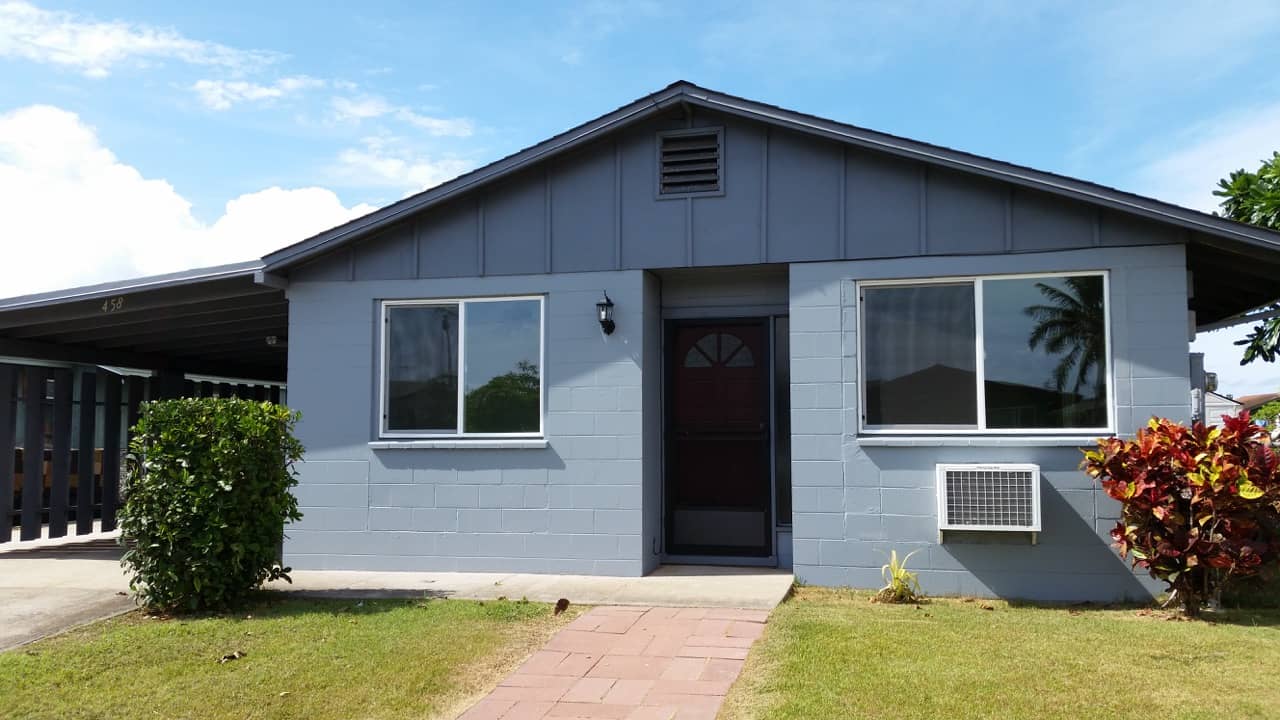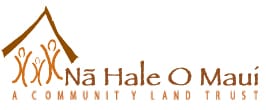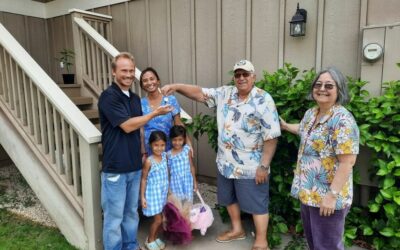If you spend enough time attending Maui County council meetings on planning and housing issues you may pick up something you don’t know. Recently, one of those things was an affordable housing concept called “Shared Equity.” When did start? Where has it been successful? What did it mean, exactly? Who defines “equity” and who decides how to share it? What about improvements a family may have made in their home since they acquired it?
Where did shared-equity start and where has it been successful? First of all “shared-equity” is really short hand for “shared-equity homeownership.” In an article written by John Emmeus Davis for the Encyclopedia of Housing (second edition) shared-equity homeownership is described as “…a generic term for various forms of resale-restricted, owner-occupied housing in which the rights, responsibilities, risks, and rewards of ownership are shared between an income-eligible household who buys a home at a below-market price and an organizational steward who protects the affordability, quality, and security of that home long after it is purchased.” That organization is generally a community land trust (CLT).
The term shared-equity homeownership grew out of a movement led by the National Housing Institute (NHI) that argued that too much time was being spent on trying to increase homeownership by trying to lower mortgage payments and or by gaining access to credit. The NHI pointed to non-market models of homeownership. According to the NHI, these models restricted the price of publicly assisted, privately owned homes and did so across multiple re-sales while maintaining their affordability for many years. The NIH adopted the term: “shared-equity homeownership” in 2006 to describe this model of homeownership. The term has now gained general acceptance.

Boy and Father
Kaulana Noa works on improving the entry sidewalk to his new home as his young son gives advice. Making improvements to their home is one strategy the Noa family used to build shared homeownership equity in their journey from a Nā Hale O Maui Community Land Trust home to a market-priced home in Kahului.
There are four elements that define shared-equity homeownership: (1) the occupants are owners, (2) equity is shared, (3) affordability is preserved (4) and there is a stewardship organization in place to ensure the terms of any agreement are met.
Davis’s article describes how…“the NIH was attracted to the term by its emphasis on how the appreciating value of residential property is routinely created and to whom it rightfully belongs. Only part of a property’s unencumbered value is a product of an owner’s personal investment in purchasing and improving the property. The rest is a product of the community’s investment: equity contributed at the time of purchase in the form of a public grant, charitable donation, or municipally mandated concession from a private developer; and equity accruing to the property over time because of the public’s investment in necessary infrastructure and society’s overall growth and development.
CLTs, LECs, and other forms of resale-restricted, owner-occupied housing endeavor to lock this socially created value in place. In shared-equity housing, homeowners claim only the equity they created through their own dollars or labors. The rest of it, including the entirety of any public subsidies put into the property and a majority of any market gains in value, remains in the home at resale, reducing its price for the next income-eligible buyer. There is, in effect, an intergenerational sharing of equity across successive owners of the same home; hence the name shared-equity homeownership for models of housing designed to achieve this fair allocation of property-based wealth.”
But where has it worked? To get that answer we first must go to the state of Vermont and the city of Burlington. There, the Champlain Housing Trust (CHT), formerly the Burlington Land Trust, between 1984 and 2008 with the support of the local government developed and marketed 424 single-family homes and condominiums. Their first resale was in 1998 and by June of 2008 they had completed the resale of 205 houses and condominiums.
A study completed by the New American Foundation demonstrated that “Public subsidies invested in CHT’s houses and condominiums remained in the homes at resale, underwriting their affordability for subsequent generations of lower-income homebuyers. An initial public investment of $2,172,207 in homes that resold one or more times allowed CHT to bring homeownership within the reach of 357 lower-income households.” The study reported that occupancy, use, and resale controls remained in place for 96.7 percent of the 424 units of owner-occupied housing developed by CHT between 1984 and 2008.
There have been concerns expressed since the development of shared-equity homeownership that the restrictions on reselling properties would create a form of second-class homeownership. If middle-and upper-class people could build wealth off their houses, why should the working class be limited to shared- equity? The counter argument has been households would only be able to stop paying rent and begin building equity and wealth through homeownership if initially they could afford to buy a home. Advocates argued that the CLT model, based on shared-equity, was a concept that worked and built wealth for low-income families in the process.
The New America Foundation study addressed the wealth building impact of shared-equity homeownership and found that, “The lower-income households who initially bought CHT’s homes generally made a personal investment of no more than 3 percent of the below-market price of their homes. Because these homes sold at less than their appraised value, the average buyer’s initial investment represented only 2.3 percent of the appraised value at the time of sale. At the time of resale, the average homeowner’s outgoing home equity was equal to 9 percent of the (appreciated) appraised value of their home. In other words, homebuyers who started with only 2 percent of the market value of their house or condominium ended up less than six years later with cash equal to 9 percent of its value. The average CHT seller, over the entire period of 1988 to 2008, left with $13,503 in equity. Homeowners selling in 2004 to 2008 received an average of $21,192.”
But, what about the shared-equity deed restriction homeownership concept as it applies to Maui Nui? Is it right for all affordable housing projects and organizations? To get the answer to that question and more I turned to two experts in the field of workforce housing, Cassandra Abdul, Executive Director of Nā Hale O Maui, a Community Land Trust and Sheri Dodson, Executive Director of Habitat for Humanity, an international organization building homes for low income households, using the families “sweat equity” contribution of time and labor to help keep the home building cost low.
Testifying before the Maui County Council on October 27, 2016, Dodson described the current Habitat deed restriction policy as a 30-year restriction with no appreciation for the first 10 years and then a 5% shared appreciation starting on the 11th year. There is an owner occupied restriction as well as a Right of First Refusal clause.
She went on to testify, “It is Habitat’s theory that with all the sweat equity put in by the family and with a 30 year deed restriction, this is adequate to assure that the home will not be ‘flipped.’ The Owner occupied and Right of First Refusal clauses are additional assurances that the families will remain in the home. The restriction also includes any refinance of the house. Even to pull money out of the house, the family must consult with Habitat and Habitat has the ultimate say if they can refinance.”
Dodson told the Council that any change in Habitat’s deed restriction policy is an additional burden being placed on low-income families, “With this as their only source of wealth, it is the only thing that they can pass onto their children. To restrict what that asset is worth after all the sweat equity they put into it just because they are low income seems over burdensome. Habitat for Humanity Maui has never had a family try to sell their home.”
Abdul’s community land trust has shared equity homeownership at the core of their efforts to acquire and build truly affordable workforce housing. “Shared equity is the means by which our Homeowners may share in the appreciation of the property. It is also the means by which affordability is maintained in perpetuity, buyer after buyer, and generation after generation,” Abdul said when interviewed for this story.
A Community Land Trust is an independent non-profit 501(c)(3) tax-exempt membership organization run by an elected Board of Directors. The mission of the organization is to provide a permanent supply of affordable housing alternatives for low and moderate-income residents of Maui. The CLT acquires and retains ownership of the land and sells the home to individual homeowners through long-term 99-year renewable ground leases that can be passed down to their heirs or income qualified buyers.
Abdul notes that the NHOM resale formula is calculated in two steps and thoroughly explained and vetted with the NHOM owner:

Kahului House
The home pictured is the latest NHOM sale in Kahului. The home was appraised at $495,000 and the NHOM price was at $260,000. The 3-bedroom, 2-bath home has 1,080 sq. ft. of living area on a 7,501 sq. ft. lot. Back and side yards are fenced. The interior was freshly painted, new dual glazed windows were installed, and a new range and refrigerator were purchased along with wooden window blinds and a solar hot water heater.
The first step is calculated the sale ratio by dividing the NHOM sale price by the appraised value.
Say the home sells for $300,000 and the appraisal opines a value of $400.000 (just for ease of calculations.) This creates a ratio of 75 percent (300,000/400,000 = 75 percent)
NHOM obtains a new appraisal when the family is ready to sell. In this example, the new appraisal opines a value of $500,000. Thus, the property has increased in appraised value by $100,000 (500,000 – 400,000 = 100,000.) They next apply the ratio of 75 percent to the $100,000 appreciation that equates to $75,000.
The second step multiples the $75,000 by the shared appreciation (SA) factor of 25 percent up to 50 percent in the 15th year of ownership. For this example, let’s say the family wants to sell in the 4th year. We apply the 25 percent SA factor to the 75,000 that equals $18,750. This is the first family's share of the equity. The family would have to repay any down-payment assistance grant (repayment eliminated at the end of the15th year) and would receive any remaining Eligible Capital Improvement credit.
This example assumes no grant, no excessive damage and no ECI credit, allowing the first family to close the sale with their portion of the shared appreciation, original down payment and principal paid over the life of the loan, (realized when the mortgage is paid off.)
NHOM has now successfully repurchased two CLT homes using the shared equity formula described above. In each case the family, using the NHOM shared-equity formula was able to meet the realities of marriage, a growing family, job relocation and the need for a larger home as the family grew. The latest NHOM repurchase in Kahului allowed the family to buy a larger market-priced home. This was possible because the family could save for a down payment due to their reasonable CLT mortgage payments and the shared equity realized in the resale formula. CLT household expenses may not exceed 35 % of gross income
That CLT home was appraised for resale to an income qualified buyer at $495,000 with the NHOM affordable sale price of $260,000. The 3-bedroom, 2-bath home has 1,080 sq. ft. of living area on a 7,501 sq. ft. lot. Back and side yards are fenced. The interior was freshly painted, new counter tops, sinks and faucets, new dual glazed windows were installed, and a new range and refrigerator were purchased along with wooden window blinds. The sale includes an existing solar hot water heater.
Based on the evidence so far, shared-equity homeownership is working well on Maui and while not a deed restriction policy choice for every organization or affordable housing project; the evidence shows that shared-equity homeownership builds wealth for low- and median-income households while preserving home affordability across generations and many repeated sales. The public subsidy required to acquire and build NHOM homes is a one-time investment that does not have to be made over and over again.




